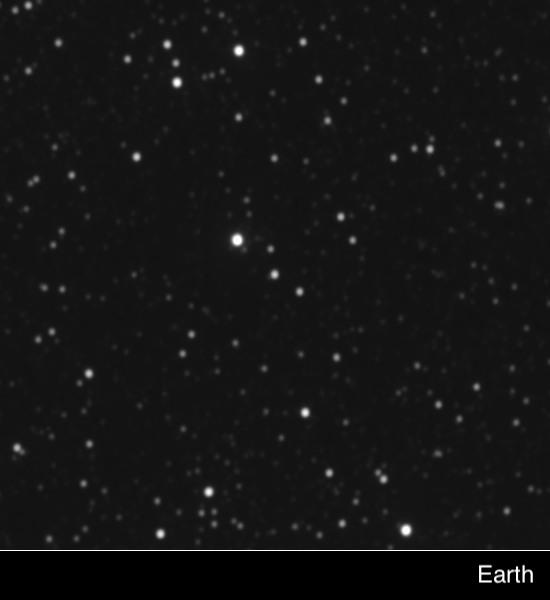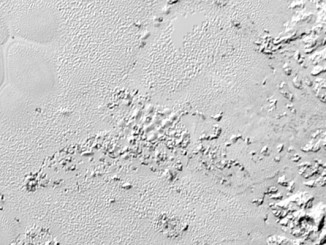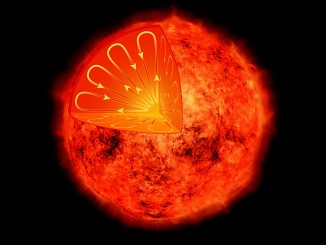
NASA’s New Horizons spacecraft, after historic flybys of Pluto in 2015 and the Kuiper Belt body Arrokoth in 2019, has chalked up another first: an interstellar parallax observation of two nearby stars, clearing showing them in different positions than when viewed from Earth.
Now 6.9 billion kilometres (4.3 billion miles) from Earth, New Horizons’ long-range telescopic camera captured views of Proxima Centauri and Wolf 359 on April 22-23 that, when viewed side-by-side with ground-based images, show the suns jumping back and forth much like the tip of a finger moves left or right depending on which eye is looking at it.
When stereo “anaglyphs” of the stars are viewed through 3D glasses, Proxima Centauri, just 4.3 light years from Earth, and Wolf 359, just under eight light yeas away, appear to float in front of background stars.
The parallax effect is a long-used method of measuring the distances to nearby stars using Earth’s orbit as the baseline of an imaginary triangle with the target sun at the apex. In this case, the baseline between New Horizons and ground-based instruments was 7 billion kilometres (4 billion miles).
“It’s fair to say that New Horizons is looking at an alien sky, unlike what we see from Earth,” said Alan Stern, the New Horizons principal investigator. “And that has allowed us to do something that had never been accomplished before, to see the nearest stars visibly displaced on the sky from the positions we see them on Earth.”

Stereo imaging enthusiast Brian May, a New Horizons science team collaborator and former lead guitarist of Queen, said the new images are trail blazing.
“It could be argued that in astro-stereoscopy — 3D images of astronomical objects – NASA’s New Horizons team already leads the field, having delivered astounding stereoscopic images of both Pluto and the remote Kuiper Belt object Arrokoth,” May said.
“But the latest New Horizons stereoscopic experiment breaks all records. These photographs of Proxima Centauri and Wolf 359, stars that are well-known to amateur astronomers and science fiction aficionados alike, employ the largest distance between viewpoints ever achieved in 180 years of stereoscopy!”
The companion ground-based views were collected by the Las Cumbres Observatory using remotely operated telescopes at Siding Spring Observatory in Australia and Mt. Lemmon Observatory in Arizona.



